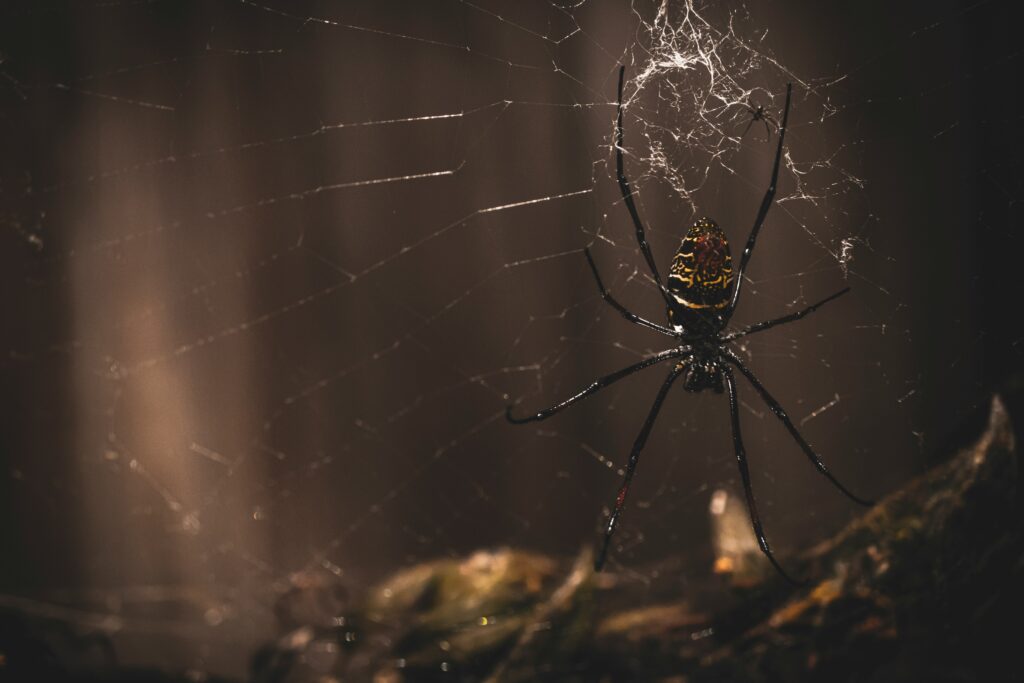Introduction
The thought of venomous spiders lurking in dark corners of our homes can send shivers down anyone’s spine. While the vast majority of the approximately 3,500 spider species in the United States are harmless to humans, a select few possess venom potent enough to cause medical concerns. Understanding which venomous spiders might share your living space is not about fostering fear, but rather promoting awareness and proper response. From the notorious black widow with its distinctive red hourglass marking to the reclusive brown recluse with its violin-shaped pattern, these eight-legged creatures have adapted to thrive in human habitats across various regions of the country. This comprehensive guide explores the most common venomous spiders found in American homes, their identification features, habitats, behaviors, and what to do should you encounter one.
Black Widow Spiders
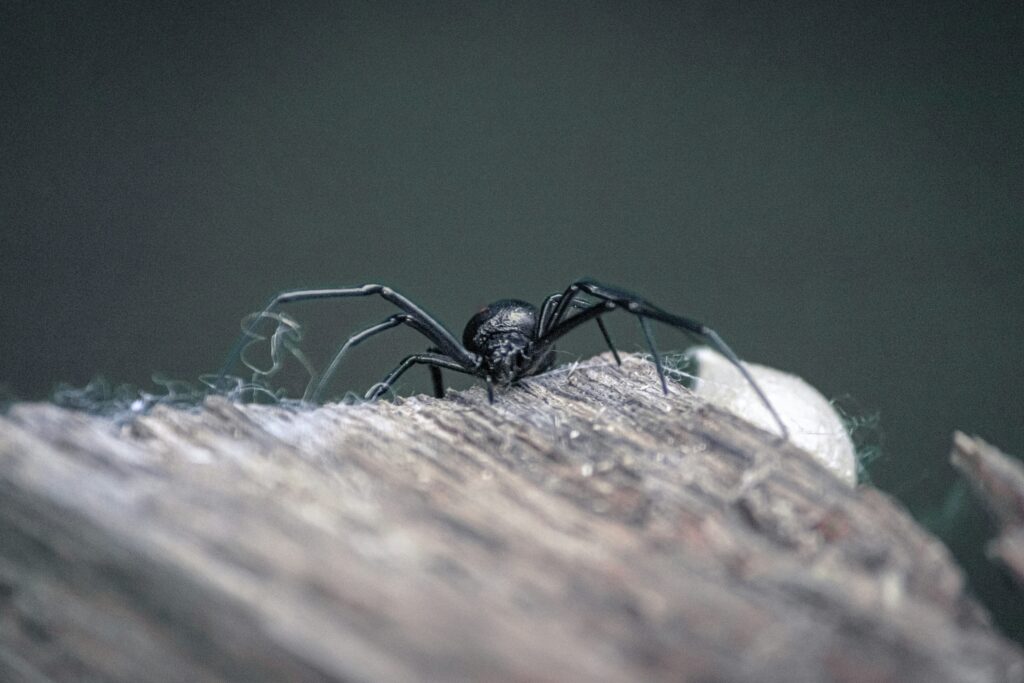
Black widow spiders (Latrodectus species) are perhaps the most recognizable venomous spiders in the United States, known for their glossy black bodies and distinctive red hourglass marking on the underside of their abdomen. The female black widow, which is considerably larger than the male at about 1.5 inches in leg span, poses the primary threat to humans. These spiders typically construct irregular, tangled webs in dark, undisturbed areas such as woodpiles, under eaves, in cluttered garages, or among stones. While not aggressive by nature, black widows will bite defensively when threatened or when their web is disturbed, making accidental encounters the most common cause of bites. Their venom is neurotoxic, affecting the nervous system and potentially causing severe pain, muscle cramps, and in rare cases, more serious complications requiring medical attention.
Brown Recluse Spiders
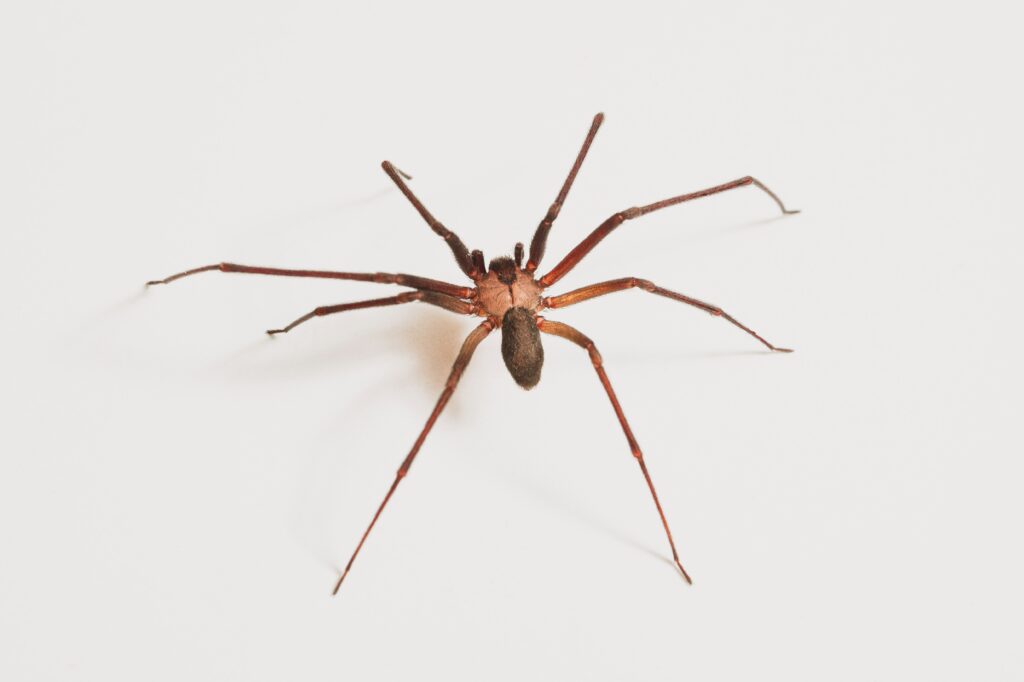
The brown recluse spider (Loxosceles reclusa) is identifiable by its sandy brown color and the distinctive violin-shaped marking on its cephalothorax—earning it the nickname “fiddle-back” spider. These medium-sized spiders, measuring about a quarter to half an inch in body length, possess six eyes arranged in pairs (unlike most spiders which have eight eyes), though this feature is difficult to observe without magnification. Brown recluse spiders are true to their name—reclusive—preferring to hide in undisturbed areas like closets, attics, cardboard boxes, and seldom-worn shoes. Their range primarily covers the central southern United States from Texas to parts of the Midwest. The venom of a brown recluse is hemotoxic, potentially causing tissue death (necrosis) at the bite site, though many bites heal without severe complications. Despite sensationalized reports, these spiders rarely bite unless directly threatened or pressed against the skin.
Yellow Sac Spiders

Yellow sac spiders (Cheiracanthium species) are pale yellow to light green in color and relatively small, measuring about a quarter to three-eighths of an inch in body length. Unlike the web-building species, these active hunters roam at night in search of prey and construct small silk retreats or “sacs” where they rest during daylight hours, often in ceiling corners, behind furniture, or along crown moldings. Yellow sac spiders are widespread throughout the United States and frequently enter homes, particularly during autumn when temperatures drop. Their venom contains cytotoxins that can cause localized pain, redness, and swelling similar to a bee sting, though rarely with severe complications. These spiders account for more bites than black widows or brown recluses, as their nocturnal wandering brings them into more frequent contact with sleeping humans.
Hobo Spiders
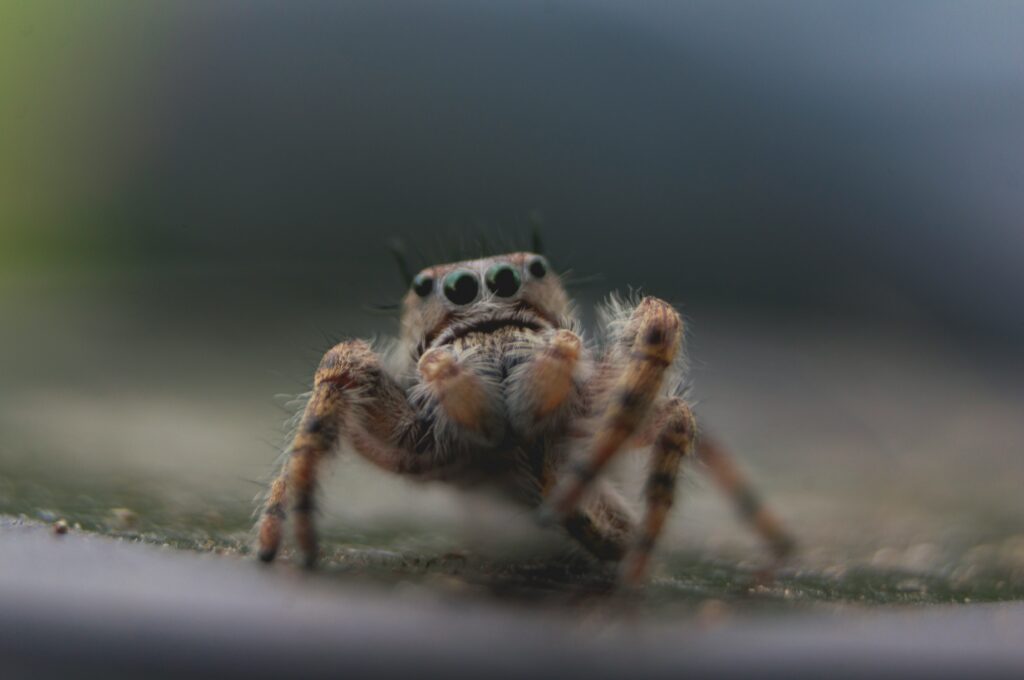
The hobo spider (Eratigena agrestis), once considered highly dangerous, has undergone significant reassessment by arachnologists in recent years regarding its threat to humans. These brownish spiders measure about one-half to two-thirds of an inch in body length and have a distinctive herringbone or chevron pattern on their abdomen, though this marking can be difficult to see without close inspection. Native to Europe, hobo spiders were accidentally introduced to the Pacific Northwest in the 1930s and have established populations primarily in Washington, Oregon, Idaho, and parts of Montana and Utah. They typically construct funnel-shaped webs in cracks, corners, and between objects at ground level, particularly in basements and crawl spaces. While once blamed for causing necrotic wounds similar to brown recluse bites, current research suggests their venom may be less toxic to humans than previously believed, with most bites resulting in mild symptoms like localized pain and redness.
Wolf Spiders

Wolf spiders (family Lycosidae) are robust, ground-dwelling hunters recognized by their distinctive eye arrangement—two large eyes on top of the head, four smaller eyes below those, and two medium-sized eyes on the sides. These spiders range from small to quite large, with some species reaching up to 2 inches in leg span, and typically display various patterns of brown, gray, and black that provide excellent camouflage. Unlike many venomous species, wolf spiders don’t spin webs to catch prey but instead actively hunt it down with their speed and agility, explaining their name. Though intimidating in appearance, wolf spiders are generally shy around humans and will typically flee rather than bite. Their venom, while technically toxic enough to be considered venomous, usually causes only mild localized pain, redness, and swelling in humans—similar to a bee sting—and rarely results in serious medical complications.
Black House Spiders
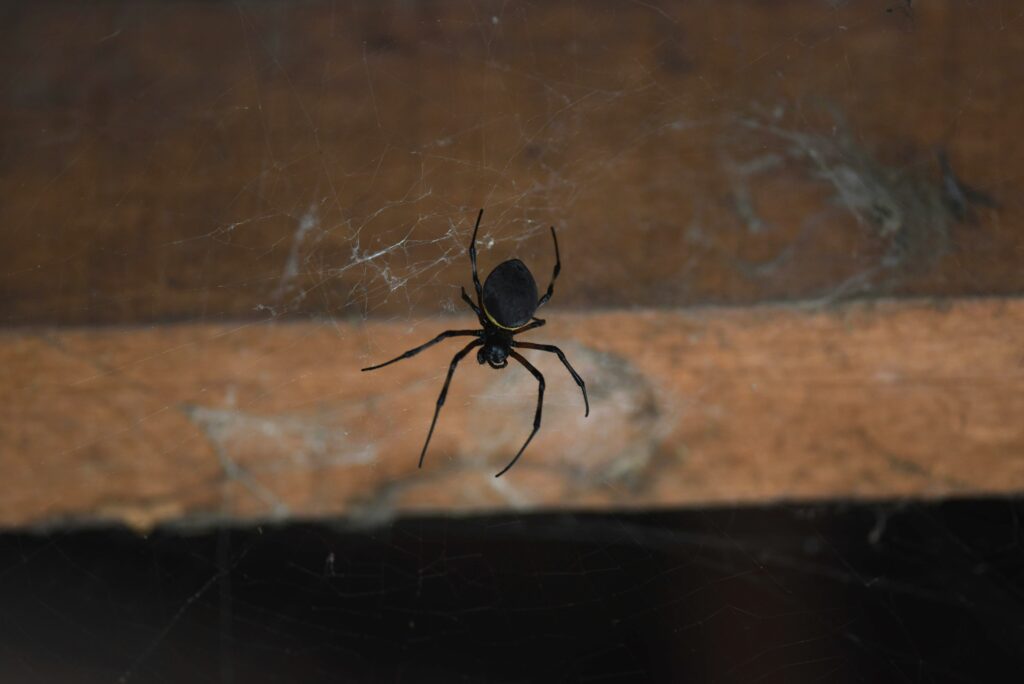
Black house spiders (Badumna insignis and related species) are medium-sized spiders with velvety dark brown to black bodies and leg spans of approximately 1 to 1.5 inches. These web-building spiders construct distinctive messy, lacy webs with funnel-like retreats in which they hide, waiting for prey to become entangled in their silken traps. In homes, black house spiders frequently establish themselves around window frames, door frames, in corners of rooms, and other undisturbed areas where their webs can remain intact. While their venom is not considered dangerous to humans, their bites can cause localized pain, swelling, and occasional nausea that typically resolves within 24 hours without treatment. These adaptable spiders are particularly common in the southern and western United States, where they’ve established themselves as persistent, though generally beneficial, household inhabitants that help control pest insect populations.
Mouse Spiders

Mouse spiders (Missulena species), while more commonly associated with Australia, have been increasingly documented in limited regions of the southern United States. These robust, glossy spiders measure approximately half an inch to one inch in body length and are characterized by their bulbous abdomens, powerful fangs, and distinctive coloration patterns that vary by species and gender—males often display bright red or blue markings on their cephalothorax. Mouse spiders construct burrows in the ground, often with trap-door entrances, and emerge mostly at night or after rain to hunt. Their venom contains compounds similar to those found in funnel-web spiders and can cause significant pain, sweating, and nausea, though severe reactions are uncommon in the U.S. species. These spiders may enter homes located near suitable burrowing grounds, particularly during mating season when males wander in search of females.
False Widow Spiders

False widow spiders (Steatoda species) bear a superficial resemblance to true black widows but lack the distinctive red hourglass marking, instead often displaying cream-colored markings on their bulbous abdomens. These medium-sized spiders construct irregular tangle webs in dark, undisturbed locations both inside and outside homes, including garden sheds, garages, under furniture, and in cluttered storage areas. The most common species in U.S. homes, Steatoda grossa (the cupboard spider), has established populations throughout the country, particularly in coastal regions. While their venom is significantly less potent than that of true widow spiders, bites can still cause moderate pain, localized swelling, and occasionally flu-like symptoms that typically resolve within a few days. False widows have gained an undeservedly fearsome reputation in recent years due to sensationalized media reports, despite being relatively docile spiders that rarely bite unless directly threatened.
Jumping Spiders
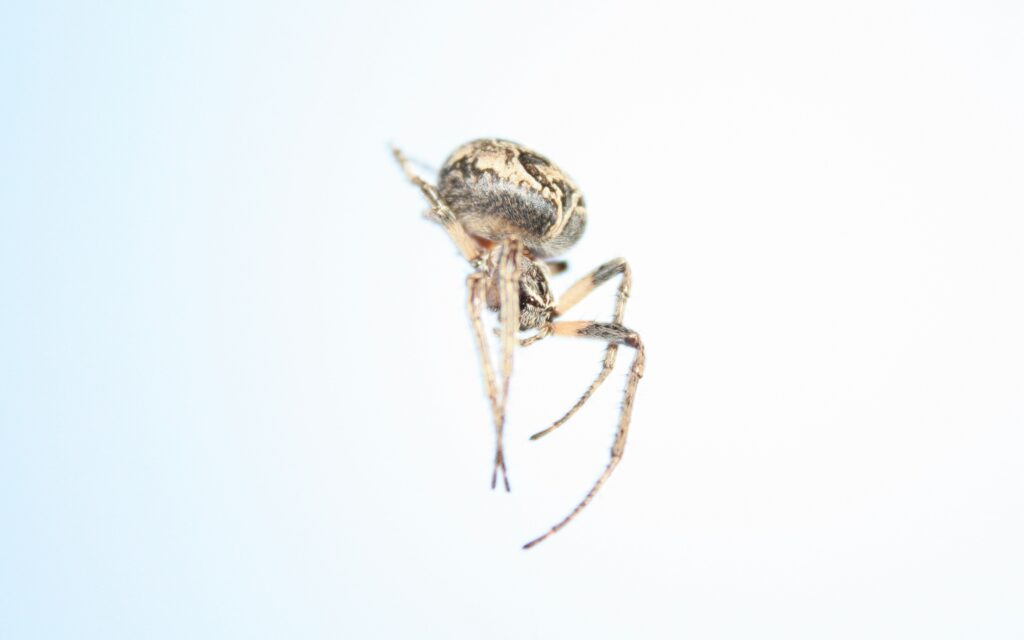
Jumping spiders (family Salticidae) comprise one of the largest and most diverse spider families in the United States, with hundreds of species featuring varied colors and patterns, though most are small, measuring between an eighth to three-quarters of an inch in body length. These spiders are instantly recognizable by their distinctive eye arrangement—four large eyes across the front of their face giving them exceptional vision—and their characteristic stop-and-start movement patterns. Unlike web-building spiders, jumping spiders are active hunters that stalk and pounce on prey, using silk only as safety lines during jumps. While technically venomous, their venom is mild and poses little threat to humans beyond potential localized irritation at the bite site. These spiders frequently enter homes and are often spotted on walls, windows, or curtains where they hunt for small insects, making them beneficial though sometimes startling houseguests due to their quick movements and apparent curiosity toward humans.
Orb Weaver Spiders

Orb weaver spiders (family Araneidae) are among the most common spiders encountered around the perimeter of U.S. homes, recognized by their artistic, wheel-shaped webs that can span several feet in diameter. These spiders exhibit remarkable diversity in appearance, with species ranging from the striking black and yellow garden spider (Argiope aurantia) to the more subtle marbled orb weaver (Araneus marmoreus), with body sizes typically between a quarter-inch to over an inch. Orb weavers generally construct their webs in open areas between trees, bushes, porch railings, or outdoor light fixtures where flying insects are abundant. While technically venomous, their venom is designed to subdue small insect prey and causes minimal reaction in humans beyond minor localized pain and redness—similar to a mild bee sting. These beneficial predators rarely venture indoors except by accident and display no aggression toward humans, typically remaining stationary in the center of their webs or hiding nearby in a silken retreat.
Identifying Spider Bites and First Aid
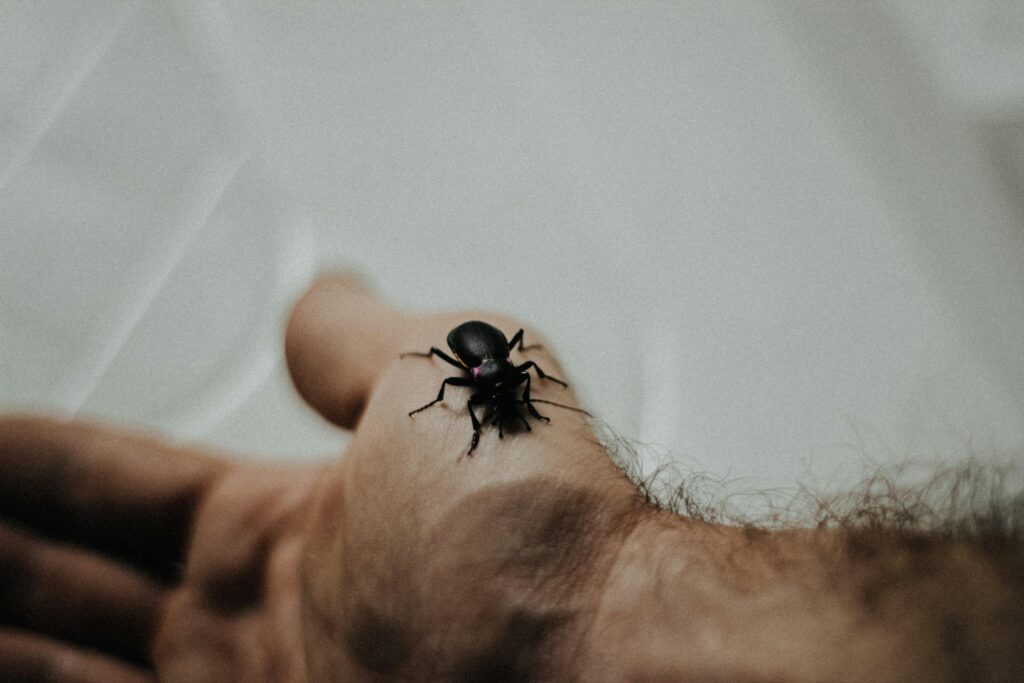
Identifying spider bites can be challenging, as they often resemble other insect bites or skin conditions initially. Genuine black widow bites typically present with two small puncture marks, intense localized pain that may radiate outward, and potential systemic symptoms like muscle cramps and abdominal pain. Brown recluse bites, contrary to internet lore, often go unnoticed initially and develop into a red, white, and blue target-like lesion over 2-8 hours, potentially progressing to an open ulcer in severe cases. For any suspected venomous spider bite, basic first aid includes cleaning the area with soap and water, applying a cold compress to reduce pain and swelling, elevating the affected limb if possible, and seeking medical attention—particularly if the spider was identified as a black widow or brown recluse, or if symptoms worsen. It’s worth noting that most lesions attributed to “spider bites” by patients and even some medical professionals are actually caused by other conditions, including bacterial infections like MRSA, which emphasizes the importance of professional medical evaluation rather than self-diagnosis.
Prevention and Control Measures
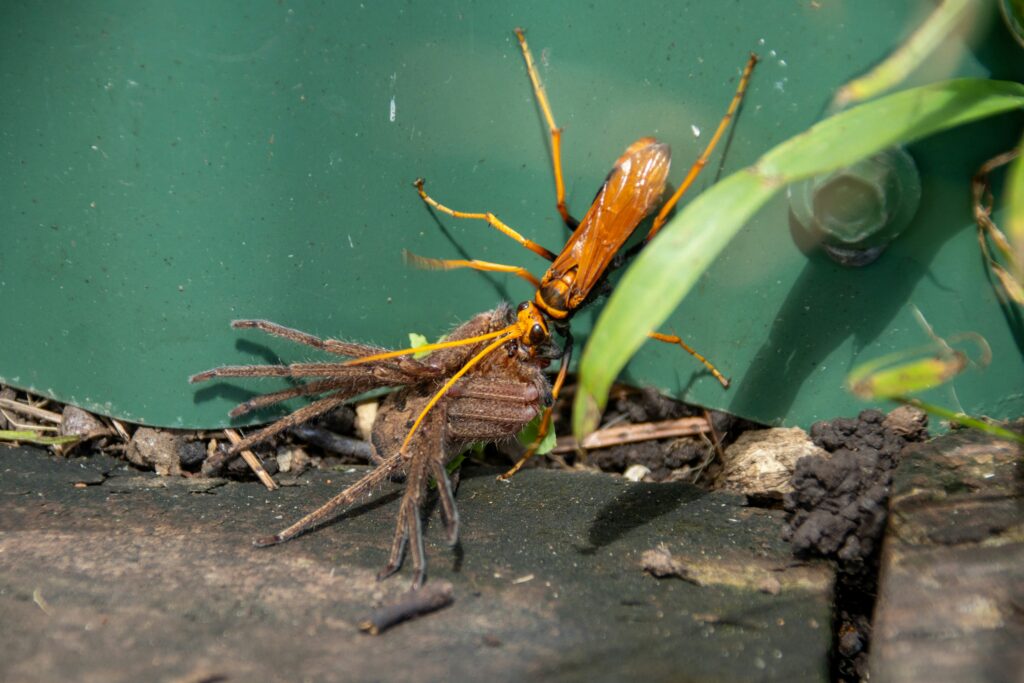
Preventing venomous spiders from establishing themselves in your home begins with eliminating conducive conditions and entry points. Regular cleaning to reduce clutter, vacuuming of webs, crevices, and corners, and moving woodpiles and debris away from the house foundation can significantly reduce spider habitat. Sealing cracks and gaps around windows, doors, utility pipes, and foundation walls with caulk or weather stripping helps prevent spider entry, while installing tight-fitting screens on vents and chimney openings creates additional barriers. When bringing seasonal items in from storage areas like garages or attics, carefully inspect them for spider presence, particularly when handling boxes, holiday decorations, or rarely used clothing and shoes. While chemical pesticides are available, they should be considered a last resort and used according to label instructions, as most have limited residual effectiveness against spiders and may pose risks to household members, pets, and beneficial insects. Instead, strategic placement of sticky traps along baseboards and in corners can help monitor spider activity and capture wandering individuals without relying on chemicals.
Conclusion
While venomous spiders inhabiting U.S. homes can certainly pose health risks, understanding their behaviors, habitats, and identifying characteristics allows for peaceful coexistence in most situations. The vast majority of these arachnids play beneficial ecological roles by controlling pest insect populations and generally avoid human contact when possible. Of the species discussed, only the black widow and brown recluse possess venom powerful enough to cause serious medical concerns, and even these spiders rarely bite unless directly threatened or inadvertently pressed against the skin. By implementing basic prevention measures, being vigilant when reaching into dark spaces or handling stored items, and knowing how to identify the few potentially dangerous species in your region, you can significantly reduce already minimal risks while appreciating these remarkable creatures from a respectful distance. Remember that in almost all cases, spiders are not seeking human interaction but simply living their lives in parallel to our own, often providing free pest control services along the way.

